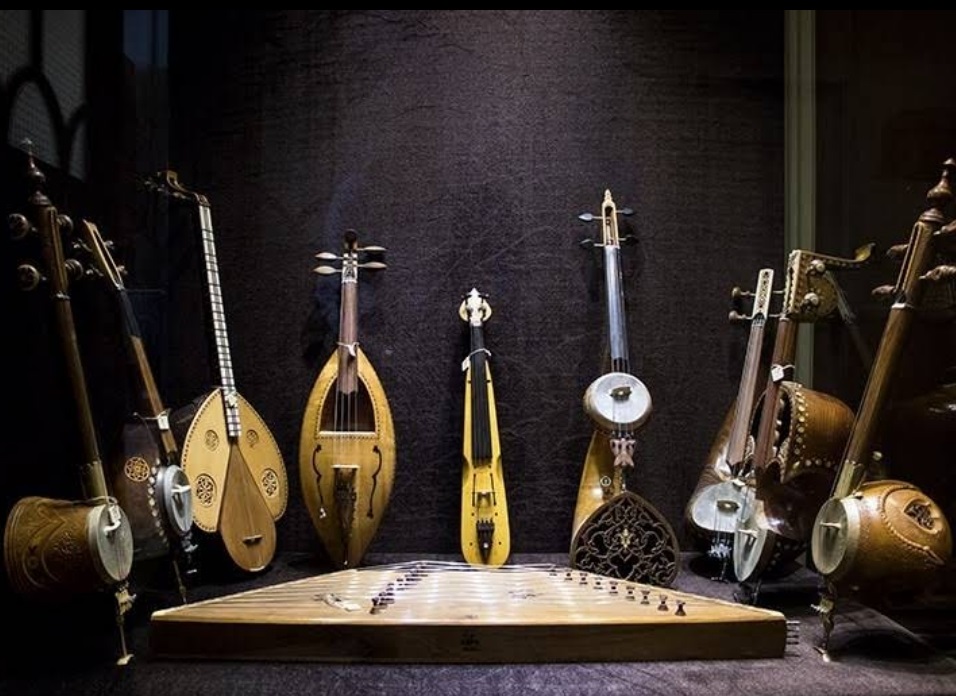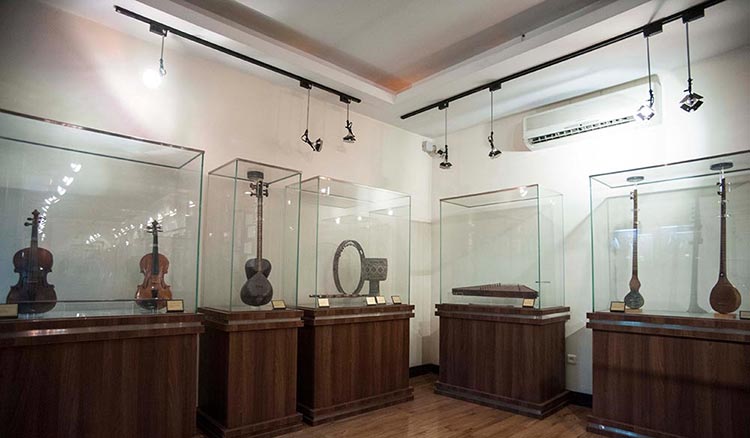The most expensive Santoor
Maybe you assume the one has the best wood, best strings, outstanding appearance and … is the most expensive santoor. But when we say expensive we mean Immaterial
.When you go to a museum you see thing that maybe in their time they had no worth but now because of their history and archaism worth billions
Old santoors
This matter is also true for musical instruments and santoor. For instance imagine the santoor that was belonged to master Varzandeh or Abolhasan Saba. Now consider that the builder was master Nazemi, now how much does that santoor worth? Can anyone put a price on that? Of course not!
This santoor should be kept in museum as a national treasure.

Tehran Museum of Music
You can visit some old worthy santoors and other musical instruments in Tehran Museum of Music. This museum have different kind of instruments from ancient to modern. Museum of Music has several sections such as instrument building workshop, library, instruments exhibition, musical gallery and so on. It is located on Darbandi Street.

Isfahan Museum of Music
There are over 300 Iranien musical instruments in Isfahan Museum of Music and you can listen to sound of some of them with the help of audio display. At the end of your visit you can witness and enjoy a live musical performance.
This museum is located on Towhid Madani Street.
Masters and musician's home museums
Besides the above mentioned museums there are several home museum that you can visit and learn about Iranian music. You can see santoors and other musical instruments in that places.
For instance Saba Home Museum in Zahiroleslam Street. You can see his santoors and other musical instruments.

Saba Home Museum
So first of all the worth of a santoor is based on its player and builder, But in the other hand it is obvious that we can't ignore the influence of using high-quality materials on the price of a santoor.
To submit your review, simply click below and let us know what you think!
Submit Your Review